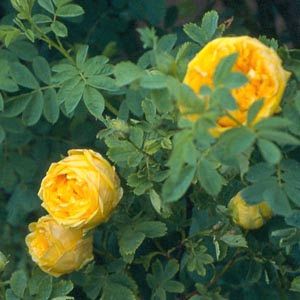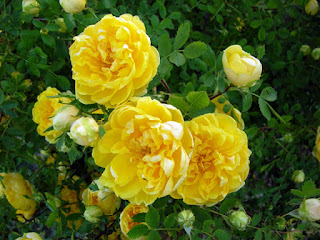This morning I intended to write about trees, but I thought about Quince trees - those lovely grandma trees I'm particularly fond of...
But a horrid chainsaw noise diverted my attention! And what I saw out of the window, was the periodical show of tree massacre.
For incomprehensible reasons (at least for sensitive and nature caring beings) every year the local municipality sends out a hoard of workers who systematically mutilate all urban trees.
The lacking of criteria in doing so is quite appalling - there is no checking for old, sick or fragilised branches - there is a systematical chopping off of all vital branches. What they leave behind is a mutilated stump, sad and gruelling to look at.
But the most important thing - at least to me, is that by doing so, far from regenerating or cleaning the trees, they irremediably weaken them to the point of shortening their life.
Urban trees have a pretty difficult life anyway. They are true survivors in a hostile environment, poor to almost non existing soil, scarce water and loads of contamination. Yet their benefits are enormous, let aside the aesthetical side, those trees filter the air, retain particles and dust, regulate air humidity, cool down the temperature, offer shade and sight protection, create effective noise barriers and provide a shelter for birds and insects. Yet, in order to reward them for these services, we regularly mutilate them in this way...
It should be said that by eliminating the entire crown, the tree is forced to balance out the crown-root proportion by killing back a considerable part of the roots. Thus the whole structure is enormously fragilised and becomes a true danger in case of heavy storms and winds - which alas are more and more frequent.
This treatment is inflicted especially to big trees - the ones pictured are plane trees, whereas the Celtis australis next to them, have escaped so far...
One could object that in spring those trees will thrive again and rebuild their lost branches...
Well, yes, those poor amputated stomps will sprout again, but the result will be quite poor. The quality of the new wood will be much poorer than the previous, slowly built one, since the tree will force itself to regenerate as quickly as possible. It will desperately need new leaves in order to feed itself so the new - hastily build branches will be long and weak, with wood much less compact and healthy.
Furthermore, a weak tree will be prone to pathogens which afflict especially our street trees, like fungus and insects, causing them further damages.
In economical terms we face not only the costs of the barbaric chopping but on longer terms the cost of removing irremediably sick and dead trees and replacing them with others which will receive the same treatment.
So I ask myself where the benefits of such mutilations are?
Is it a lack of forestall and botanical knowledge to be blamed? A lack of environmental awareness in the municipal offices paired with hard driven beliefs that this type of action will give the citizens the feeling that they do their jobs? I frankly don't know...
The only thing I'm sure of, is my sense of frustration and shame when I look at those poor mutilated trees. I feel like asking them for forgiveness for such stupid and blind behaviour of fellow humans.
Can we hope in future for a respectful treatment of those majestic living beings called trees which are so much more than a pole to attach one's bicycle and an instant loo for our dog?




.jpg)










































